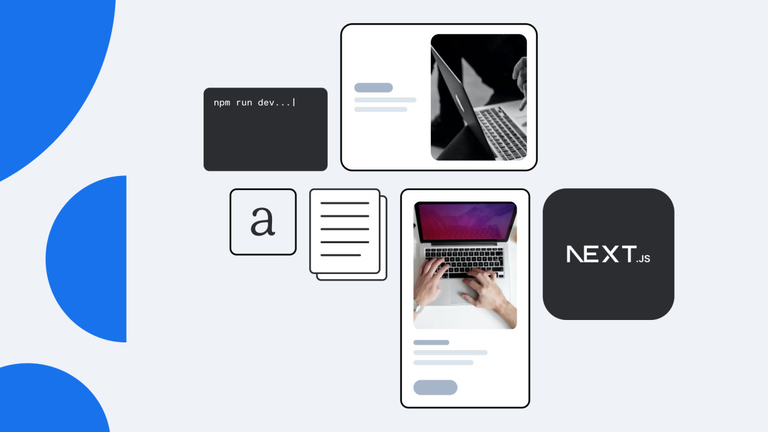Best Headless CMS for Shopify
Discover the best headless CMS for Shopify. Learn why Sanity and Storyblok outperform alternatives with better Shopify integration, scalability, and marketing workflows.

Headless CMS continues to reshape how brands build and scale their Shopify stores. In 2025, two platforms — Sanity and Storyblok — stand out as the strongest choices. Both offer deep Shopify integrations, powerful APIs, and features that benefit both marketing and engineering teams.
Storyblok
![]() Storyblok logo
Storyblok logo
Storyblok CMS is a marketer-friendly CMS with a visual editor and strong localization tools. Its component-based architecture makes it easy for developers to set up reusable blocks while giving marketers autonomy to build pages without coding.
Why choose Storyblok for Shopify?
- Visual drag-and-drop editing
- Smooth Shopify API integration and custom app support
- Out-of-the-box multilingual & localization support
- Ideal for content-heavy, marketing-driven storefronts
Best for: Teams where marketing needs independence and fast iteration cycles.
Sanity
![]() Sanity logo
Sanity logo
Sanity CMS is a developer-first CMS that excels in flexibility and real-time collaboration. Its structured content model allows scaling across multiple markets and storefronts with ease. With strong Shopify compatibility, Sanity is perfect for dynamic product experiences.
Why choose Sanity for Shopify?
- Real-time collaborative editing
- Highly customizable schema and workflows
- Easy integration with Shopify and other APIs
- Supports AI-assisted content pipelines
Best for: Teams that need advanced customization and developer-driven innovation.
Strapi
![]() Strapi logo
Strapi logo
Strapi is an open-source CMS that offers full control over data models. While not as marketing-friendly as Storyblok or as collaborative as Sanity, it’s flexible and cost-efficient for teams with strong internal engineering.
Pros:
- Open-source, highly customizable
- Good API flexibility
Cons:
- Requires more technical expertise
- Limited built-in localization compared to Storyblok/Sanity
ButterCMS
![]() ButterCMS logo
ButterCMS logo
ButterCMS is a simple, affordable option for small to mid-sized Shopify stores. It’s easy to use but lacks advanced scalability and multilingual capabilities.
Pros:
- User-friendly
- Cost-effective
Cons:
- Limited customization
- Weak localization & scalability
Prismic
![]() Prismic logo
Prismic logo
Prismic offers a clean interface and good developer tools but falls short in localization and advanced Shopify use cases.
Pros:
- Easy for content creators
- Strong API documentation
Cons:
- Limited localization support
- Less robust for complex stores
Why Sanity & Storyblok Are the Leaders
- Best Shopify Integration – Both work seamlessly with Shopify APIs
- Built for Marketing + Tech Teams – Storyblok empowers marketers, Sanity empowers developers
- Multilingual & SEO-Friendly – Perfect for global brands
- Scalable Architecture – Suitable for high-growth businesses
Conclusion
While there are several headless CMS options, Sanity and Storyblok stand out as the best choices for Shopify.
- Choose Storyblok if your team values visual editing and rapid marketing workflows.
- Choose Sanity if you need maximum flexibility, real-time collaboration, and custom integrations.
For most Shopify brands looking to future-proof their tech stack, these two platforms deliver the perfect balance of speed, scalability, and user experience.
Whether you’re planning a migration or building from scratch, our team can help you implement Sanity or Storyblok for maximum performance and scalability.
Contact us to discuss your project and get expert guidance on the next steps.



